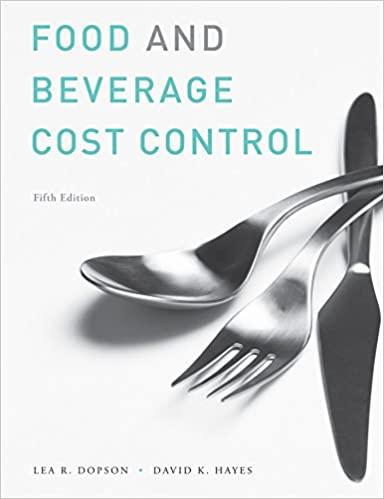The CEO of an audit client routinely has paid for his personal gasoline and laundry expenses with the corporate credit card. The amount of these expenditures clearly is immaterial to the corporation. The auditor has a professional obligation to
| | 1-report the fraud to the proper legal authorities. |
| | 2-confront the CEO regarding her inappropriate expenditures. |
| | 3-perform all of the listed actions. |
| | 4-communicate this information to the corporation's board of directors. |
An auditor performed an audit of a publicly held client which was subject to the SEC. During the subsequent period the auditor discovered a material misstatement of the financial statements which was promptly corrected by the client. After the correction the financial statements were determined to be fairly presented in all material respects. What impact would the discovery of this material misstatement which has been corrected have on the auditor's opinion on the client's internal controls?
| | 1-The discovered misstatement most likely would not have an impact on the auditor's opinion on the internal controls. |
| | 2-The discovered misstatement most likely would result in an adverse opinion on the client's internal controls. |
| | 3-The discovered misstatement most likely would result in a qualified opinion on the client's internal controls. |
| | 4-The discovered misstatement most likely would result in an unqualified opinion on the client's internal controls with a separate disclosure of the misstatement which was corrected. |
Management of an audit client has refused to allow the CPA access to all minutes of the meetings of the board of directors. No material misstatements were discovered during the remainder of the audit. If the auditor is not able to obtain access to these minutes the resulting audit report most likely would contain a(n)
| | 2-qualified opinion due to a violation of GAAP. |
Assuming the auditor has found no material misstatements and has no other reservations regarding an audit client except for a remote probability that resolution of an uncertainty may have a material effect on the financial statements, the auditor would issue
| | 1-a standard unqualified opinion. |
| | 2-an unqualified opinion with explanatory paragraphs. |
| | 4-a disclaimer of opinion. |
A client company has followed GAAP in their financial reporting but has a history of negative cash flow trends and continuing losses which could cause the client to become insolvent. Which type of opinion will the auditor most likely give?
| | 3-Unqualified opinion with explanatory language. |
An audit client received a qualified audit opinion on their 2016 calendar year financial statements. This year the auditor was asked to render an opinion on both the 2016 and 2017 financial statements presented together. The misstatements which caused the qualified opinion on the 2016 statements have subsequently been corrected. Assuming that no material misstatements were found on either set of audited financial statements at the end of the most recent audit the appropriate report would be which of the following?
| | 1-An unqualified audit opinion on the 2016 financial statements and an unqualified audit opinion on the 2017 financial statements with a statement that the original opinion on the 2016 financial statements was qualified but the financial statements have been corrected. |
| | 2-A qualified audit opinion on the 2016 financial statements and an unqualified audit opinion on the 2017 financial statements with a note that the 2016 statements subsequently have been corrected. |
| | 3-The auditor must receive permission from the PCAOB to perform the reaudit of the 2016 financial statements prior to accepting the engagement. |
| | 4-The auditor must decline the request to reaudit the 2016 financial statements since they already have been audited. |
Audit evidence acquired in the initial audit of a fixed asset is
| | 1-not relevant to future audits. |
| | 2-placed in the permanent working paper file for future reference. |
| | 3-documented in the current working paper file only. |
| | 4-only used to verify existence of the asset acquired. |
After completing the audit report of Halen Corporation, but before delivering the report to the client, a tornado demolished the main production facility. The auditor must decide whether to dual date the report or
| | 1-go back to the client's office and extend testing to the date of the tornado, thereby taking responsibility for all events up to the date of the tornado. |
| | 2-report the situation in the management representation letter. |
| | 3-issue a scope limitation. |
| | 4-use the date on which the original field work was completed. |
In order to reduce the auditor's liability exposure, audit engagement letters should include a
| | 1-guaranteed fee structure for the engagement. |
| | 2-clearly stated scope of the work to be done. |
| | 3-statement that a trial by jury is acceptable. |
| | 4-statement that the auditor is not liable to the SEC. |






